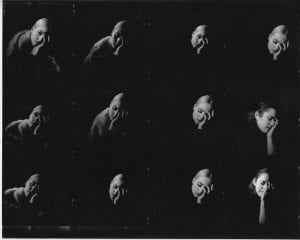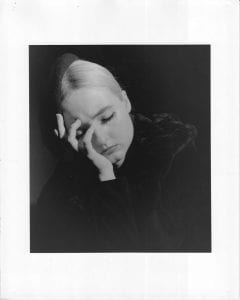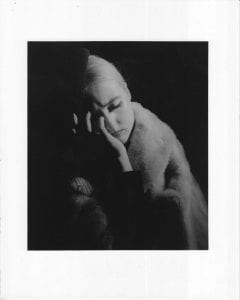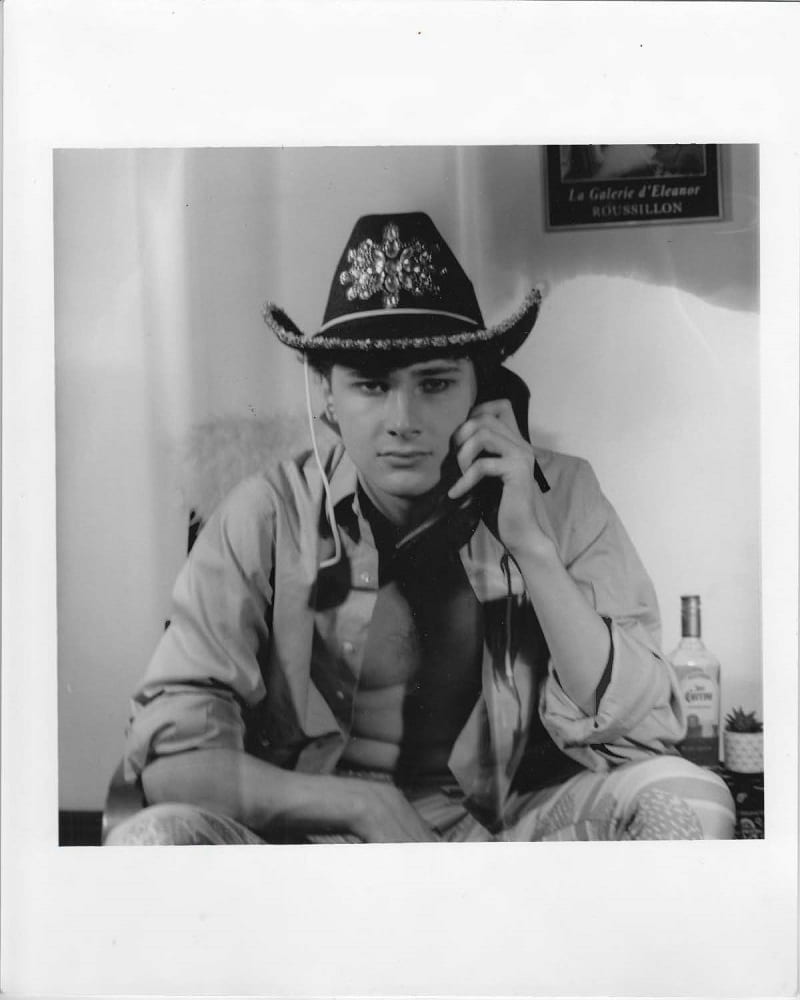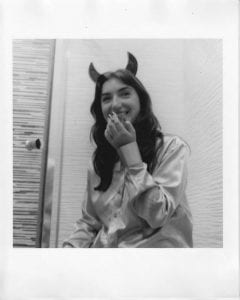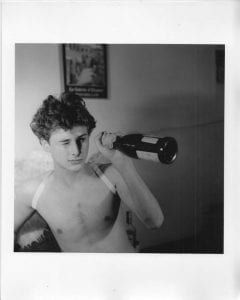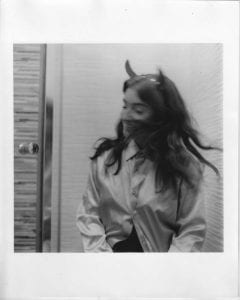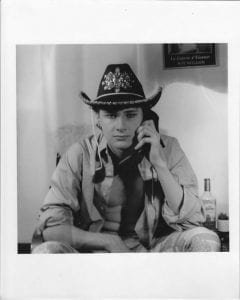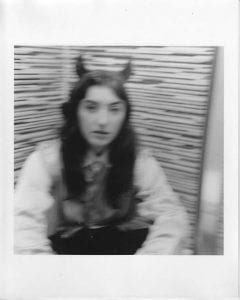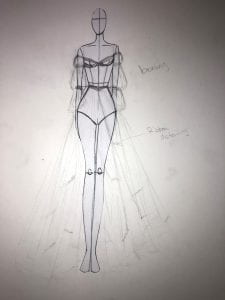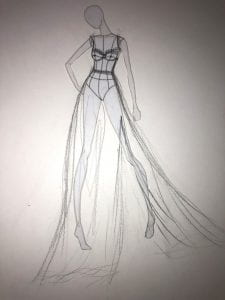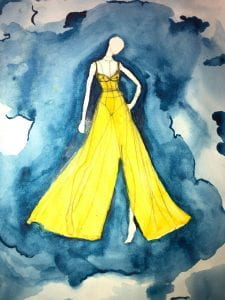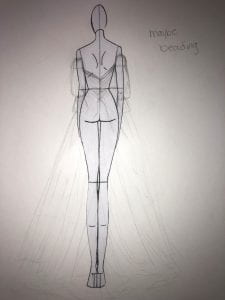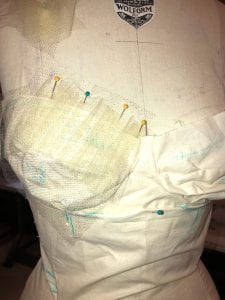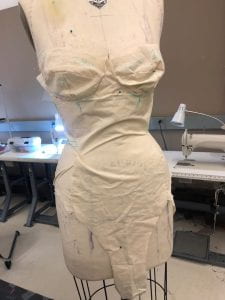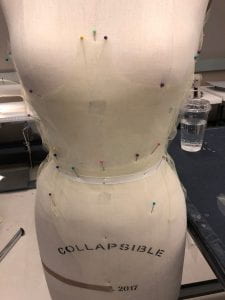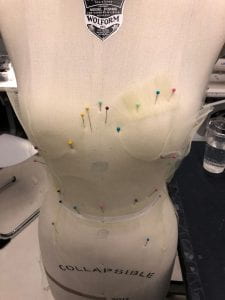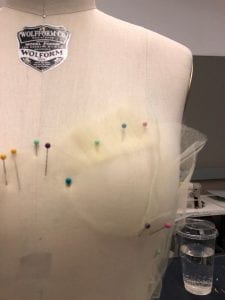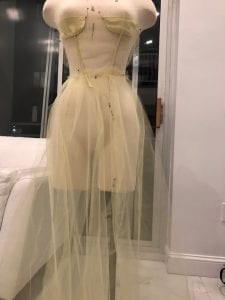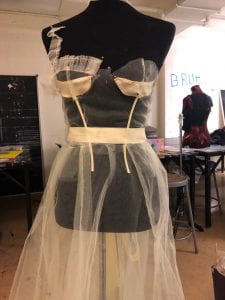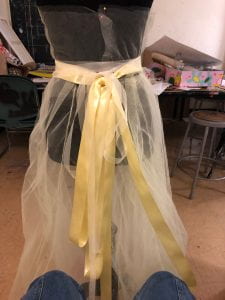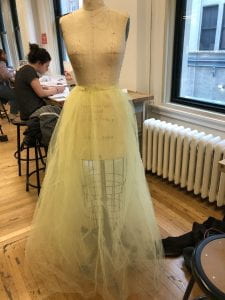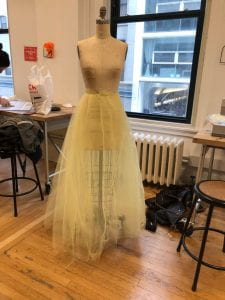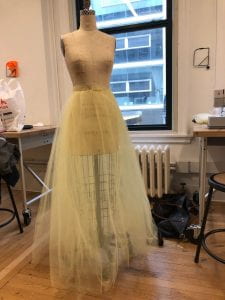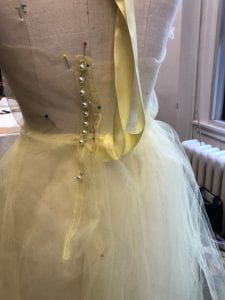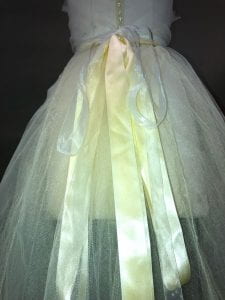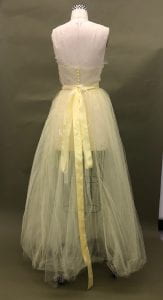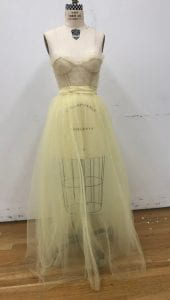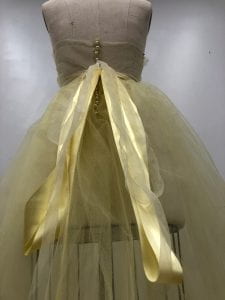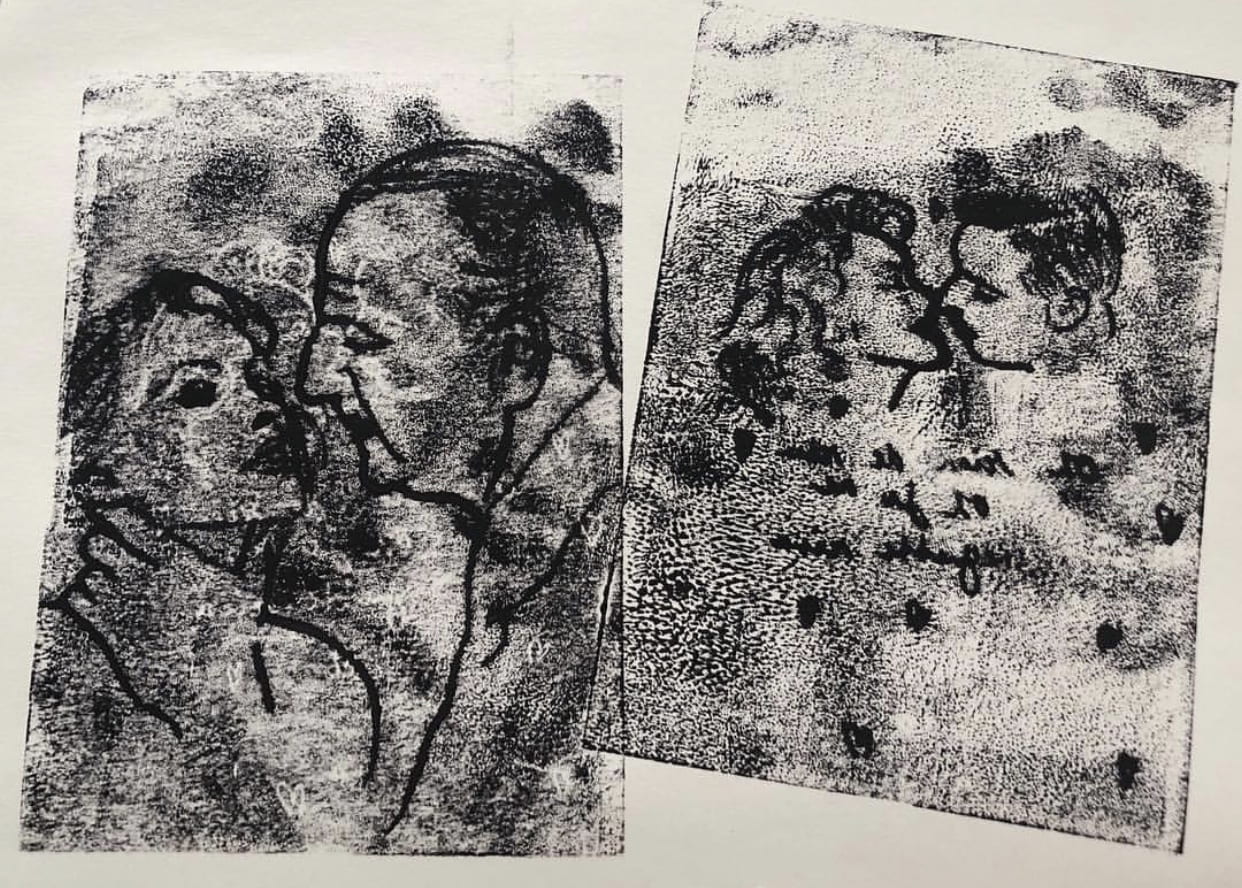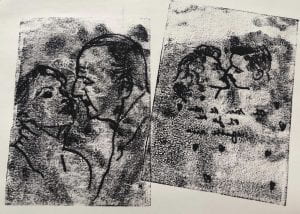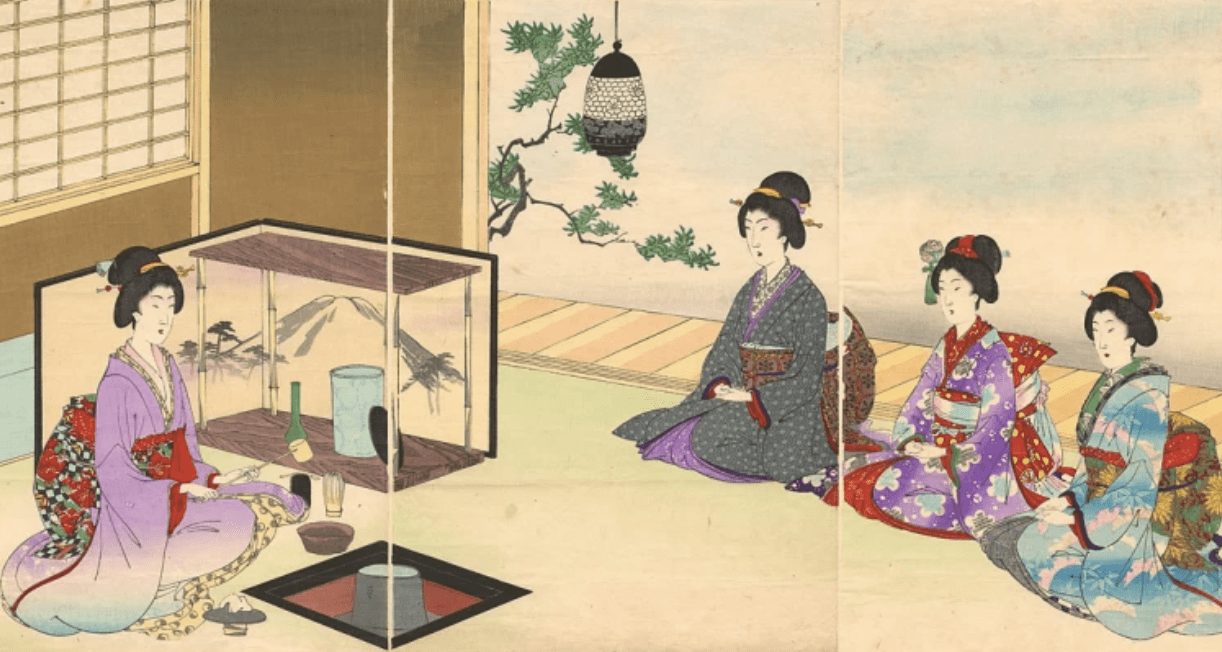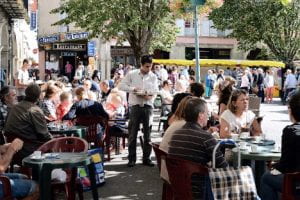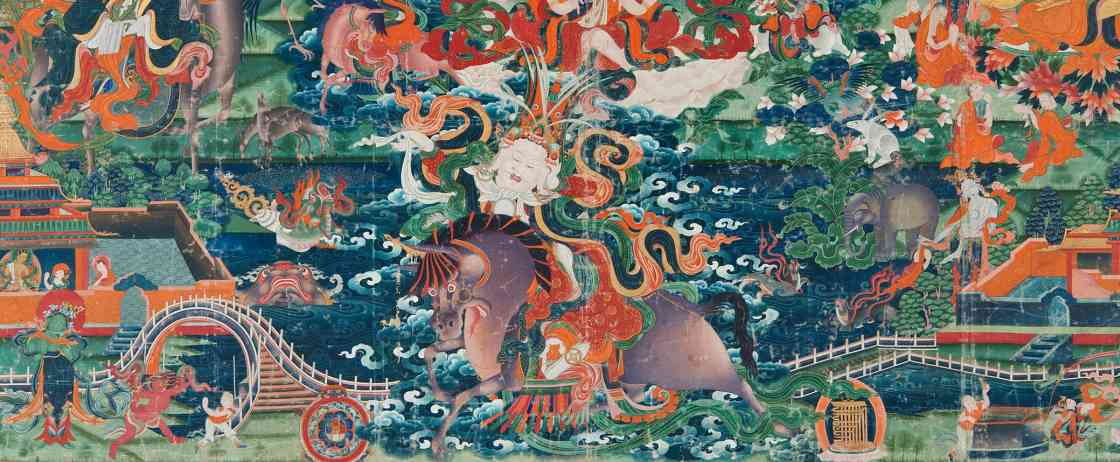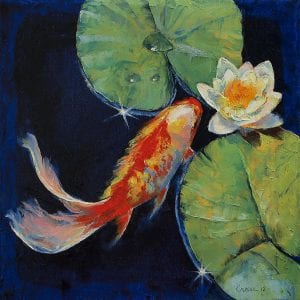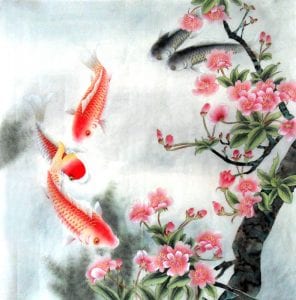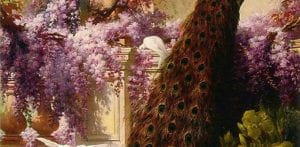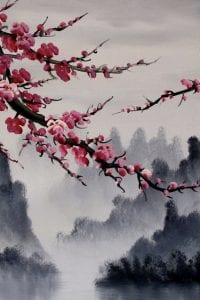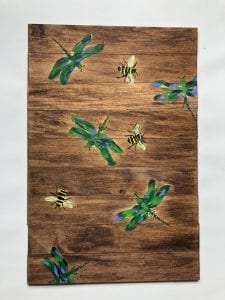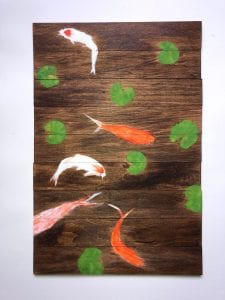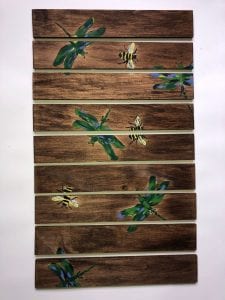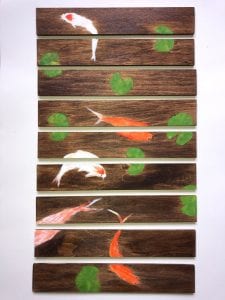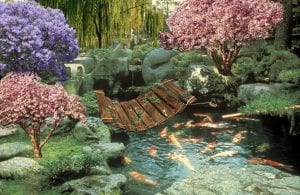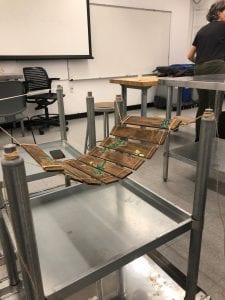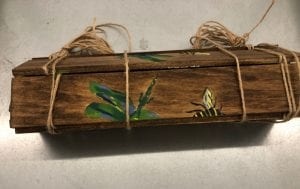Category: Courses (page 2 of 5)
“Whatever we might do to conciliate opinion… is nothing beside the effect that the lapel of a uniform will produce… you win the French people with ribbons, with remarks, and with smiles.” -Barnave to Marie Antoinette
Project overview
The project was open-ended and we were allowed to explore any idea we wanted to with any medium as long as it related to our research in the seminar.
Seminar piece
In seminar, I researched public shaming, especially that correlating to women. I researched how it has been used to brand and exile powerful women. I zero’ ed in on how public shaming and how the perspective others have about us relates to our self-worth.
Concept and Inspiration
For my studio piece, I chose to focus on a more positive sense of how we carry ourselves. Clothing is very expressive of who we are and the persona we want to give off. Certain garments can give us courage and empowerment when we wear them. Growing up I have always been very insecure and only until recently have I been able to gain confidence in myself. I found that most of my life I was using my clothes to hide behind them and blend in, afraid to be different or stand out from the norm instead of just being myself. This dress represents my outfit of empowerment. While it is delicate and soft it is bold and demands to be worn with confidence due to its sheerness. The chainmail headpiece displayed as an accessory in the critique represents the armor and protection we wear to face the world. Its materials are strong and harsh but in the way, it’s crafted and the ribbon details it allows the piece to be beautiful. I gained an aesthetic to create art that was powerful, delicate, and beautiful because of the deep connection I had to fairytales and the powerful female characters in them. They inspired me because of the way they carried themselves with grace yet were so strong.
Research
I did a lot of research on how to sew a dress as this was not something I had ever done before. I also did a lot of projects on how to create a dress pattern as I created two of my own patterns in order to get the dress the shape that I wanted. Lastly, I did lots of research on how past rulers and leaders used the dress in order to distinguish themselves and signal their power.
When the emperor of Japan was beginning to impose western dress on his subjects his doctor urged him to let the ladies of the court retain the traditional Kimono; they were healthier than the corseted garments which tortured the western women. The emperor replied, “Doctor about matters of health you may know a great deal but about politics, you know nothing.”
Monarchs know that dress is a political instrument. Rules of dress have a political, economic, and social effect that signify identity, kinship, and rank. The way we dress and fashion answer many questions; Who we are: who we want to be; who we are forced to be; how we express it; and what it means. The right dress or uniform is believed to encourage loyalty, satisfy vanity, and impress the outside world because of status reassurance.
Challenges
I learned that the yellow tulle was very difficult to even see with just one layer so I had to put about 4 layers on the bodice even though I was going for a sheer look. Then for the bottom, I put 8 layers of tulle. Tulle was also very difficult to work with because it would constantly rip as it is incredibly delicate so I had to re-cut and sew the fabric many times. Lastly, with the tulle, it is sheer so it is impossible to hide any mistakes so I really had to make every stitch perfect which meant many hours of hand sewing.
Concept Mood Board
Dress Mood Board
Sketches:
Progress
the muslin dress
The first layer
the first layer of ![]() skirt and boning
skirt and boning
Another layer of skirt, sash, and the cups
Additional four layers of skirt added
bodice and top attached and buttons and ribbon sewn on
Final Piece
Critique
During the critique, the color choice and sheerness of the dress were discussed sating that yellow represented light and joy. Someone mentioned that the craftsmanship of the dress was impressive due to a difficult fabric. It was mentioned that the contrast of the dress and the headpiece showed a concept of strength and redefining feminity. It was also critiqued that the dress should have had more of a connection with the chainmail in its material. Personally I have to stand behind my work and disagree while I did consider adding chain mail to the dress I decided against it as I enjoy the contrast the two pieces give off as they both represent different aspects, one being the delicacy of the dress and how that represents a future with of confidence with no guards while the headpiece is a symbol of my past and how my clothes were used more like protection so I did want some more separation between the two pieces. I also believe by the ribbon and the pearls on the back of the dress matching and the same textured ribbon on the headpiece connects the two into one garment. And lastly the silver chainmail and white ribbon, in my opinion, match the color and texture of the dress quite nicely.
“Whatever we might do to conciliate opinion… is nothing beside the effect that the lapel of a uniform will produce… you win the French people with ribbons, with remarks, and with smiles.” -Barnave to Marie Antoinette
Monarchs know that dress is a political instrument. Rules of dress have a political, economic, and social effect that signify identity, kinship, and rank. Vanessa Nefve’s piece “Dressed to rule” explores how fashion correlates to power. The way we dress shows how we want others to see us. Dress and fashion answer many questions; Who we are: who we want to be; who we are forced to be; how we express it; and what it means. The right dress or uniform is believed to encourage loyalty, satisfy vanity, and impress the outside world because of status reassurance. Nefve’s childhood led her to a deep connection to fairytales and the powerful female characters in them. They inspired her by the way they carried themselves with grace yet wield power in a way that is powerful, delicate, and beautiful. As clothing can be very ceremonial and with the right garment you can be empowered to do anything because the right garment can put you in a powerful headspace. In this piece, she designed a gown that fulfills her childhood dreams, a gown that empowers her to be the women she once looked up to in her fairytales. She creates a delicate gown that is constructed to demand attention and can’t be overlooked.
What was for you the most inspiring part of the tea ceremony?
The story behind the tea ceremony really warmed my heart, it really showed how respectful the Japanese people are. It was more about the moment that you have with people and putting all negativity aside to enjoy moments with others.
How did you experience Japanese culture the participation of the tea ceremony?
I believe they were really able to demonstrate the respect that people show towards one another by how much care is put into one cup of tea.
Were some parts of the ceremony familiar to your own cultural background or quite different?
This is quite different but in France people often spend time together at Cafe’s and over an espresso take this time to be away from their lives and spend a moment with another person.
Describe the atmosphere you experienced during A) the preparation of the tea and B) the sharing of the tea
The preparation of the tea was amazing to watch, She took so much time to prepare each cup, even the selection of the bowls was specifically planned. The sharing of the tea was also very heartwarming, the tea was warm and discussing the tea bowls and tea was almost a form of being able to let go of thinking about life outside of the tea room.
Which elements do you think contributed to the atmosphere in the room during the ceremony?
-The insense she had burning
-the unique and beautiful bowls
-her kimono
-her calm and relaxing voice
-the taste of the tea
Do you think the manner in which Souheki prepares and offers the tea can be considered
an art form?
Yes I do believe that it is an art form because art is all about evoking feelings in people and Souheki was able to make everyone in the room thinking about all the cautious in their lives and just be able to enjoy a moment with everyone else in the room
A French tradition, the galette de rois, which translates to The cake of Kings is a cake that is eaten during holidays. Baked inside the cake a small token that resembles a crown or king or whatever the baker chooses. The person who finds the token in their slice is meant to be given good luck.
In France, Cafes are very common. While all countries have cafes, the atmosphere here is very different. Often during warm months the French people will go to cafes and sit outside and smoke a cigarette while drinking an espresso, with friends, they will sit there and people watch for hours and hours. It is a very different etiquette there people do not use their phones while they are with other people, even alone people at cafes are reading or simply enjoying their meals.
The item I chose from the exhibition was “Tara Protecting from the Eight Great Fears”
Tara is one of the most popular female deities in Tibetan culture. She is particularly associated with protection from a group of calamities known as the Eight Fears, depicted here as scenes surrounding her: ghosts/sickness, drowning, fire, false imprisonment, bandits, wild elephants, snakes, and lions. Although each of the scenes is misgivings and concerns of daily life they each symbolize inner obstacles in the spiritual process. The style of painting used is “Khamri” which includes deep blues and greens. The painting is made from pigments that were painted onto a cloth. Its origins are from the Kham province, in Tibet. Its dimensions are 25 by 17. It has been dated to the 19th century
Project overview: Using the space of the desk create a piece no larger than 16 inches out of wood that transforms the desk into a habitat.
Concept:
The idea behind creating the bridge was transforming wood into something that is more delicate as well as allowing for the piece to be movable. The bridge plays with the idea of transparency and camouflage, Almost as if you were standing on the bridge and when you look downwards you would see the Koyfish underneath the pond painted onto the wood and if you were to be underneath the bridge then you would see the bugs that would surround the pond.
Story: The pond-1wb2ytd
Inspiration:
The Painting
Video
Picture in Habitat
Mounted onto Desk
Rolled up

